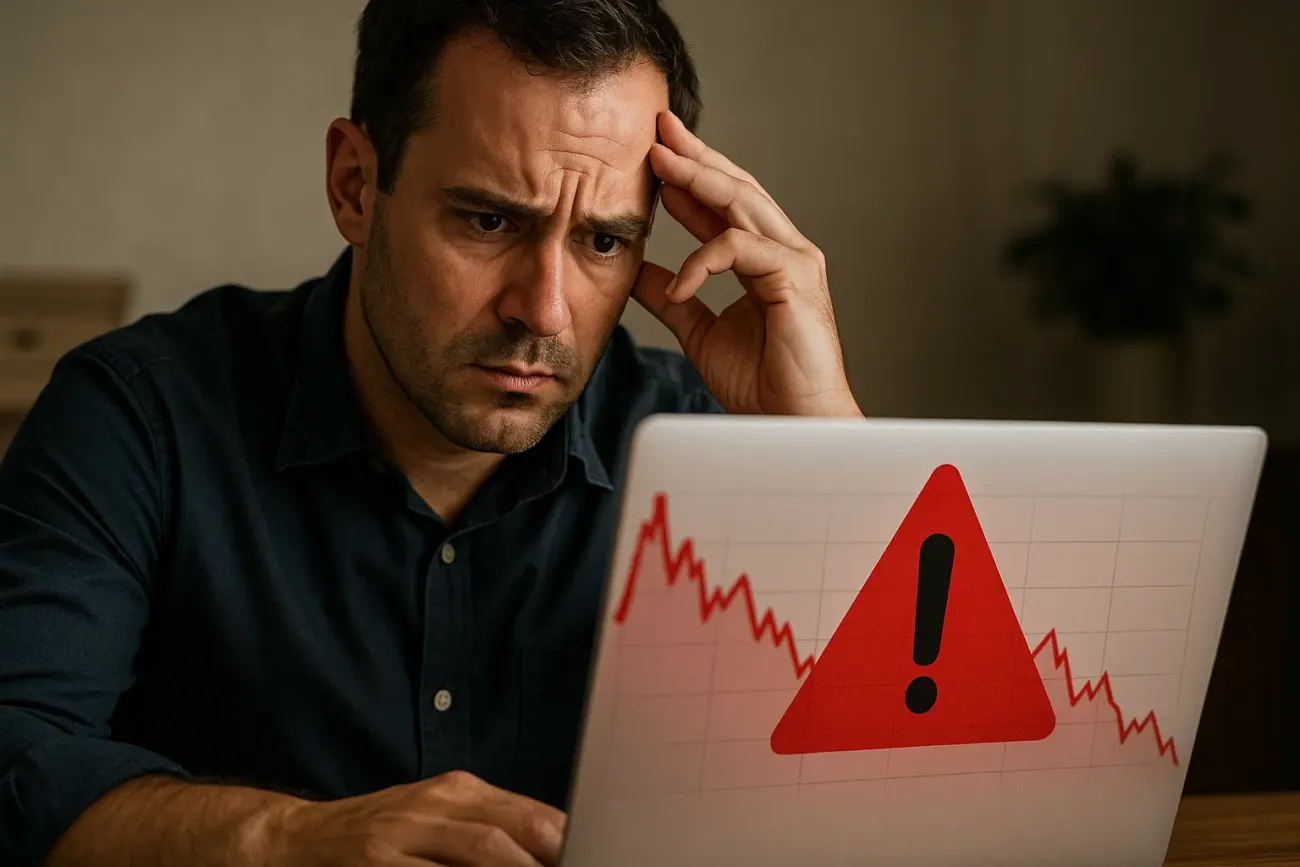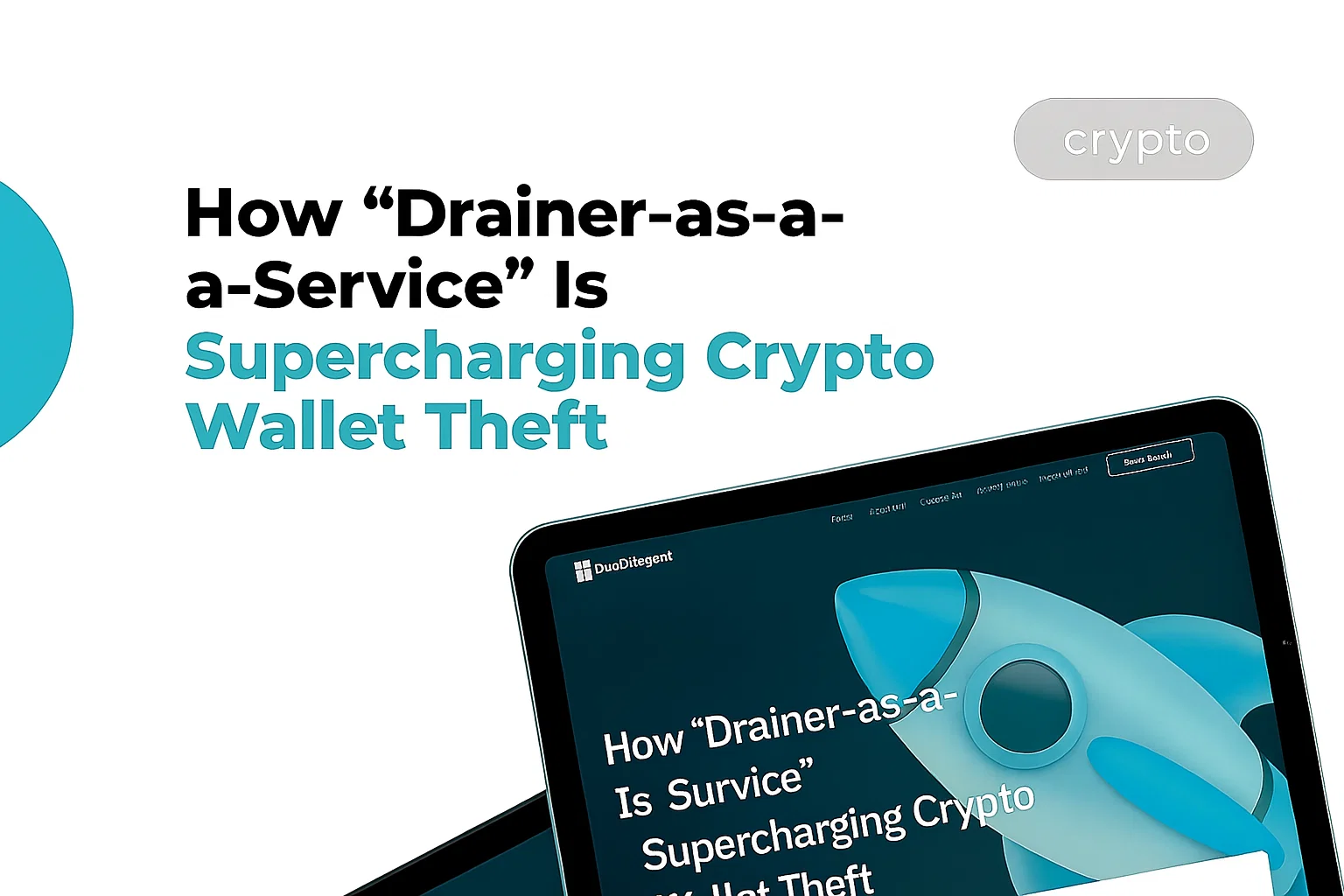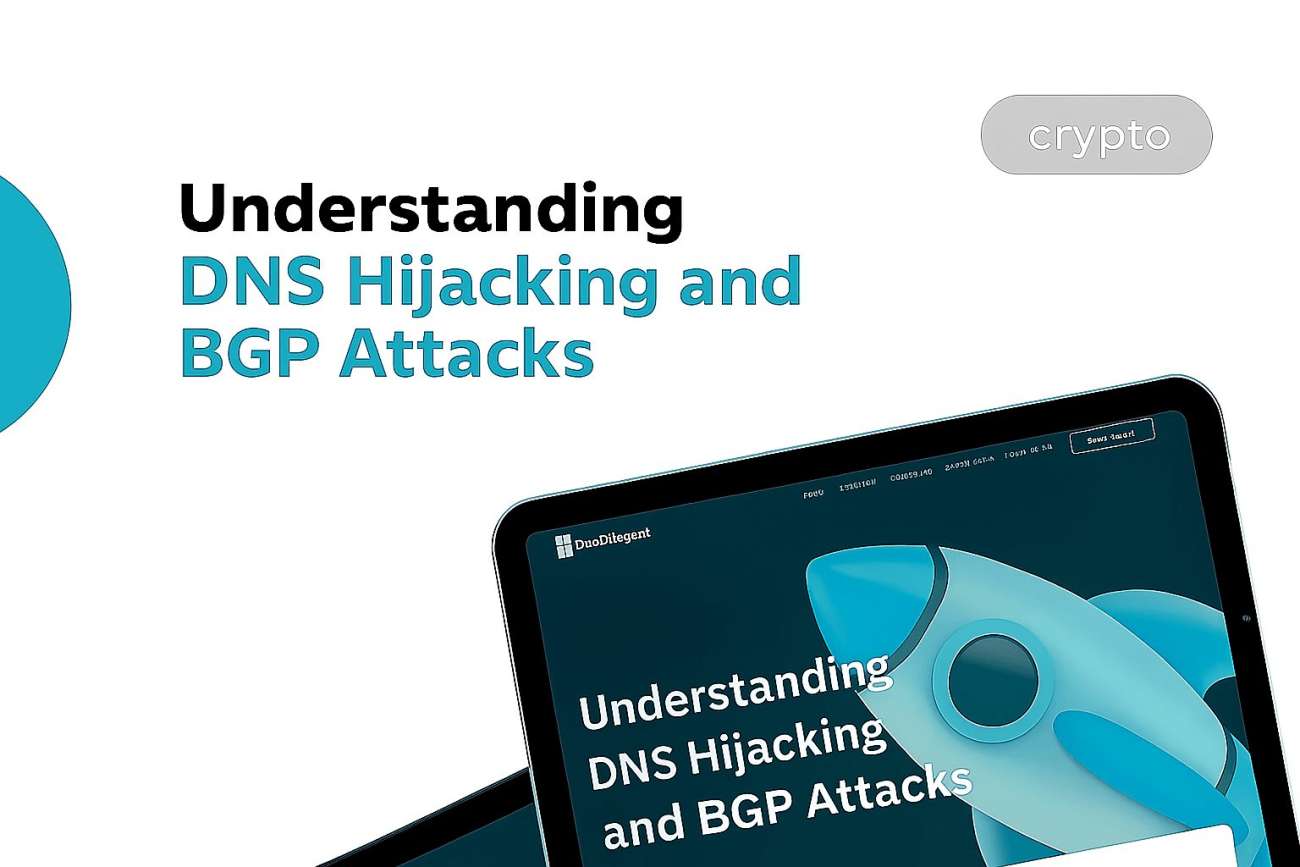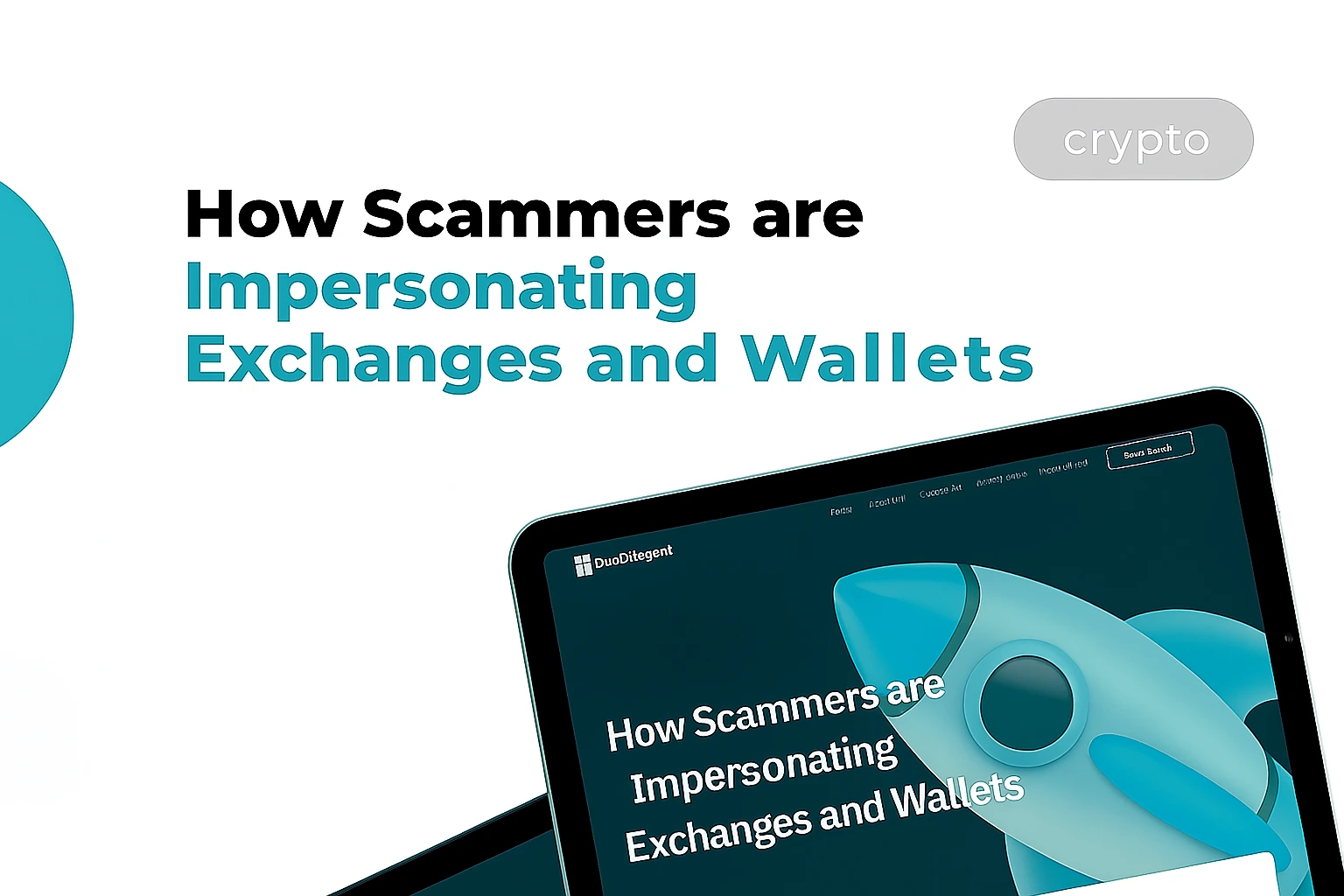
Overview
Table of Contents
In 2024 alone, investors lost over $1.4 billion to fraudulent online brokers worldwide. The most disturbing part? Nearly 80% of victims reported that these scams initially appeared completely legitimate, complete with professional websites, responsive customer service, and convincing testimonials.
The promise of financial independence through online trading has attracted millions. Unfortunately, it has also drawn an equal number of predators. Fraudulent online brokers are a pervasive threat, using sophisticated marketing and deceptive promises to lure unsuspecting investors.
Protecting yourself begins with knowing what to look for. As you conduct your due diligence, be on the alert for these five critical red flags. Understanding these warning signs isn’t just helpful, it’s essential to protecting your hard-earned money.
1. Guarantees of Unrealistic Profits
The first and most obvious sign of a scam is the promise of guaranteed, high returns. Legitimate financial markets are inherently unpredictable. Any platform or “guru” that promises you will “double your money in a month” or offers “risk-free profits” is lying.
Real Example: In 2024, a fake broker called “TradeFastFX” promised clients 15% monthly returns with “zero risk.” Over 3,000 investors deposited funds before the site vanished overnight, taking $4.2 million with it. Professional traders know that even the most successful hedge funds average 8-12% annually, and that’s with significant risk.
A reputable broker will provide educational materials and risk warnings, emphasizing that trading involves the potential for loss. They sell tools and access, not guaranteed outcomes. If someone is promising you returns that sound too good to be true, trust your instincts, they are.
2. A Lack of Regulatory Oversight
Regulation is the bedrock of trust in the financial industry. Brokers operating in major jurisdictions are required to be licensed and overseen by regulatory bodies like the FCA in the UK, ASIC in Australia, or CySEC in Europe.
These agencies enforce strict rules regarding the segregation of client funds, fair trading practices, and capital requirements. A scam broker will either have no mention of regulation or will claim to be regulated by an obscure entity in a jurisdiction with lax enforcement.
How Scammers Fake Legitimacy: Some fraudulent brokers display fake license numbers or claim regulation by non-existent authorities. Others list registration in offshore tax havens with minimal oversight. One common tactic is to display logos of legitimate regulators without actually being licensed by them.
Always verify a broker’s regulatory claims directly on the regulator’s official website. Asking the question, “Is YWO a regulated broker?” for any platform you consider is a fundamental part of research. This simple 5-minute check can save you thousands.
Notably, scammers often combine this red flag with the next one, because once they hook you with false credibility, they use psychological pressure to close the deal quickly before you can verify their claims.
3. High-Pressure Sales Tactics
If you feel pressured to deposit funds, you should immediately be suspicious. Scam operations often employ aggressive sales teams who will call you relentlessly, creating a false sense of urgency.
They might say a “once-in-a-lifetime” opportunity is closing soon or that you need to deposit more money to access a special trading signal. Some even manufacture fake urgency by claiming that “only 3 spots remain” for a special account tier, or that a promotional bonus expires in hours.
Real Case: Sarah M., a nurse from Manchester, was contacted by a broker called “CapitalGains Pro” after signing up for a free trading webinar. Within 24 hours, she received 14 phone calls from a “senior account manager” named “David Richardson” who insisted she needed to deposit £5,000 immediately to “lock in” preferential rates. When Sarah asked for time to research, David became hostile and claimed she was “missing out on the trading opportunity of the decade.” She wisely declined, and later discovered the company had no regulatory license and dozens of fraud complaints online.
A professional broker will provide you with information and allow you to make decisions in your own time. They will not rush you into a financial commitment. Legitimate firms understand that informed investors make better, longer-term clients.
The connection between pressure tactics and the next red flag is no coincidence: scammers want your money in quickly because they know getting it out will be nearly impossible.
>4. Vague or Non-Existent Withdrawal Policies
Getting your money out should be as easy as putting it in. Scam brokers make the deposit process seamless but create a labyrinth of obstacles when you try to withdraw. They may impose hidden fees, demand excessive documentation, or simply become unresponsive.
The Withdrawal Nightmare: Consider Michael T.’s experience with “ForexEliteTrade.” After depositing $10,000 and seeing his account grow to $14,500 (likely fake profits), he attempted to withdraw $5,000. The broker suddenly required:
- Notarized copies of his utility bills (not mentioned in the terms)
- A $750 “processing fee” paid separately
- A minimum withdrawal amount of $10,000
- Verification of his “trading strategy” through a 45-minute video call
After complying with these demands, the broker claimed his account was “under review for suspicious activity” and froze his funds indefinitely. Michael never recovered his money.
Before depositing a single dollar, thoroughly read the broker’s terms and conditions regarding withdrawals. Look for clarity on processing times, fees, and methods. Red flags include:
- Withdrawal minimums higher than deposit minimums
- Processing times exceeding 5-7 business days
- Vague language about “compliance checks” without defined criteria
- Fees above 2-3% or undisclosed transaction charges
A trustworthy provider, like the top forex broker reliable online broker YWO, prioritizes transparent and efficient fund management.
This brings us to the final red flag, one that’s often overlooked but can reveal everything about a broker’s legitimacy in seconds.
>5. Poorly Designed or Cloned Websites
While some scam sites are highly sophisticated, many are riddled with typos, grammatical errors, and broken links. They may also be “clones” of legitimate brokerage websites, with a slightly altered URL or logo.
Warning Signs to Watch For:
- Generic stock photos of “traders” used across the site
- Copyright dates that don’t match the claimed company age
- No verifiable team members (or stock photos used for “executive” headshots)
- SSL certificates from unknown issuers
- URLs that mimic legitimate brokers (e.g., “ETrade-Global.com” instead of “ETrade.com”)
Real Clone Example: In 2023, scammers created “IG-MarketsPlus.com” to impersonate the legitimate broker IG Markets. The fake site copied the entire design, changed the domain slightly, and redirected deposits to offshore accounts. Over 400 investors were defrauded before the site was taken down.
Scrutinize the website’s professionalism and functionality. Check for a physical address, a working customer service number, and comprehensive legal documentation. Use Google Street View to verify any physical addresses listed, many scam brokers list serviced offices or even residential addresses.
If the public-facing image is sloppy, you can be certain the back-end operations are far worse.
>Protecting Yourself: A Skill Worth Developing
By remaining vigilant and treating every promise with healthy skepticism, you can effectively navigate the market and avoid falling victim to these prevalent scams. These five red flags rarely appear in isolation, scammers typically combine multiple tactics to create a comprehensive illusion of legitimacy.
Your best defense is a simple checklist:
- Verify regulatory status independently
- Research the company’s reputation through multiple sources
- Test customer service with difficult questions
- Read all terms and conditions, especially regarding withdrawals
- Never deposit money under pressure
- Start with the minimum deposit to test withdrawal processes
Protecting yourself is a skill acquired through knowledge. The few hours you invest in research could save you from losing years of savings. Please do your due diligence before you embark on your trading journey, your financial future depends on it.





